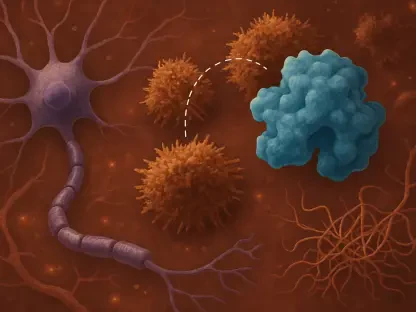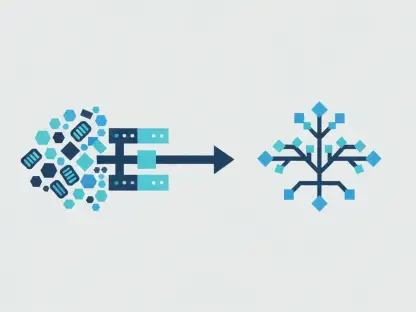Ivan Kairatov is a distinguished figure in the biopharma industry, renowned for his expertise in tech and innovation within the field. With a robust background in research and development, Ivan has substantially influenced advancements in cellular therapies and drug development. Today, we delve into his insights on the revolution brought by CAR T-cell therapy and the future of biomedical research.
Can you describe the moment you realized the potential of CAR T-cell therapy?
Certainly, the realization of CAR T-cell therapy’s potential was a profound moment in my career. As a biopharma expert, I was driven by the pursuit of innovative solutions to complex medical challenges. Cellular engineering offered a unique avenue, and the concept of harnessing T cells to target cancer cells was not only promising but transformative. The initial spark came from observing remarkable laboratory results, which demonstrated that genetically modified T cells could effectively recognize and eliminate cancer cells. This discovery laid the foundation for developing CAR T-cell therapy.
The journey from concept to clinical application is mentioned. Could you elaborate on the key stages of this journey?
This journey was marked by several key stages. Initially, conceptualizing the genetic modification of T cells to target cancer involved extensive research and experimentation. One of the primary challenges was dealing with the toxicity and limited persistence of modified T cells. Overcoming these involved refining receptor designs and incorporating co-stimulatory domains to enhance the cells’ efficacy and safety. Another significant step was optimizing cell expansion techniques to ensure the therapy’s practical application. Each stage required meticulous attention to detail and rigorous testing.
CAR T-cell therapy has achieved significant success with certain hematologic malignancies. Could you provide more details on its impact on treating acute lymphoblastic leukemia (ALL) and large B-cell lymphomas (LBCL)?
CAR T-cell therapy has indeed had a transformative impact on treating hematologic malignancies such as ALL and LBCL. For acute lymphoblastic leukemia, this therapy has shown unprecedented success rates, offering hope to patients where conventional treatments were insufficient. Large B-cell lymphomas have similarly benefited, with CAR T-cell therapy providing new avenues for treatment and significantly improving patient outcomes. These successes underscore the therapy’s potential to change the landscape of cancer treatment profoundly.
Your contributions have earned you several prestigious awards. How do you feel about receiving these recognitions?
Receiving such prestigious recognitions is incredibly humbling and gratifying. Awards like the Breakthrough Prize in Life Sciences and the Canada Gairdner Award validate years of hard work and dedication. These acknowledgments not only celebrate individual achievements but also highlight the collaborative efforts that drive scientific advancements. They serve as a testament to the power of innovation in the medical field and inspire continued commitment to research and development.
Beyond CAR T-cell therapy, you continue to lead groundbreaking research in cellular therapies. What other areas of cellular therapy are you currently exploring?
In addition to CAR T-cell therapy, my research is expanding into several other promising areas of cellular therapy. This includes exploring gene-editing technologies like CRISPR, which offer potential for treating genetic disorders at their root. We are also investigating novel approaches to enhance immune cell function and persistence. Another exciting area is regenerative medicine, where cellular therapies can promote healing and tissue regeneration, offering new solutions for a wide range of medical conditions.
Collaboration is essential in scientific research. How do you collaborate with other researchers and institutions on CAR T-cell therapy?
Collaborations are integral to advancing scientific research. By partnering with other researchers and institutions, we can pool resources, knowledge, and expertise to tackle complex challenges in CAR T-cell therapy. Interdisciplinary collaborations play a crucial role, as they bring diverse perspectives and innovative approaches to the table. These partnerships facilitate large-scale studies, clinical trials, and the accelerated development of therapies, ultimately enhancing patient outcomes and advancing the field.
Do you have any advice for our readers?
My advice to readers is to stay curious and engaged with scientific advancements. The field of biomedical research is rapidly evolving, and staying informed can offer insights into new therapies and innovations. Whether you are a researcher, clinician, or simply someone interested in medical science, embracing continuous learning and being open to interdisciplinary collaboration can drive progress and improve healthcare outcomes.









